Spring is officially here and as you gear up to dive back into ocean swimming, self-analysis is a powerful tool to enhance your performance and safety.
By evaluating your technique, you can make targeted improvements, build confidence, and enjoy your time in the water even more.
Try these helpful tips to help you analyse your swimming and technique effectively as you transition back to ocean swimming.
1. Reflect on your previous experience
Before you start analysing your current technique, take a moment to reflect on your past ocean swimming season and the training you did.
Consider these points:
- What worked well for you before the break?
- What areas needed improvement?
- How did you feel physically and mentally during your last swims?
Reflecting on your past season will help you set specific goals for your current self-analysis.
2. Set clear goals
Before you start your self-analysis, establish what you want to achieve this ocean swimming season.
Are you focusing on improving your speed, endurance, or stroke efficiency? Clear goals will guide your analysis and help you measure progress effectively as you improve through the ocean swimming season.
3. Record your swim
Use a waterproof camera or an action camera to record your swim from different angles.
Video footage provides invaluable insight into your technique that you might miss while swimming and only notice you do it when visually seeing it play out. Pay attention to these aspects of your stroke:
Body Position
Ensure your body is aligned and streamlined. Look for any excessive drag or changes in body posture that could affect your efficiency.
Stroke Mechanics
Analyse your arm movements, hand entry, and pull. Are your strokes smooth and consistent? Check for any overreaching or incorrect hand positioning.
Kick Technique
Observe the frequency and effectiveness of your kicks. Your legs should remain relaxed and close to the surface, with a steady rhythm, kicking continuously.
4. Use a swim watch
Swim watches with GPS and heart rate monitors are great assets for any swimmer. They can provide additional data on performance and track how fitness is improving throughout the season.
Some important metrics to keep track of include:
Stroke Rate
Monitor how many strokes you take per minute. A higher stroke rate can indicate increased effort or inefficiency because you are slipping through the water.
Swim Pace
Check your average pace over different distances. This helps you gauge whether your speed is improving.
Heart Rate
Analyse how your heart rate responds to different intensities. This can help you manage your effort and avoid overexertion which can lead to burnout and fatigue.
5. Assess your breathing pattern
Proper breathing is crucial for efficient swimming and can make a massive difference to your overall swimming ability if done correctly. When swimming, take note of your breathing rhythm and technique to see if they need work.
Breathing Rhythm
Ensure you’re breathing at regular intervals and not holding your breath excessively. You want to blow your bubbles out slowly when your head is in the water.
Breathing Technique
Check if you’re turning your head to breathe or lifting it too high. You want a long neck and chin to your chest even as you roll and breathe.
It’s essential to aim for a smooth, unobtrusive breathing pattern that minimises disruptions to your stroke.
6. Evaluate your turns
If you are hitting the pool for the first time in a while and planning on smashing out a solid training block, it’s important to evaluate your turns, as they can make a huge difference in your swimming speed.
You can analyse your flip turns or open turns for speed and efficiency. A quick, streamlined turn can significantly impact your overall performance.
You want a tight streamline, with your chin to your chest and arms squeezing your ears.
7. Incorporate feedback from others
While self-analysis is essential, incorporating feedback from coaches, fellow swimmers, or swim groups can provide additional perspectives you might not see.
Often, others notice aspects of your technique that you might overlook, which can significantly improve your swimming.
8. Track your progress
Tracking your progress is vital to see how you are improving during a training block.
Create a log to track your observations and improvements, and review your footage and data regularly to monitor changes in your technique and performance.
Celebrate your progress, even the small wins and adjust your goals as needed.
9. Adjust your training
You can tailor your training sessions to address any identified weaknesses based on your self-analysis.
It’s important to Incorporate drills and exercises that target specific aspects of your technique and gradually build up your endurance and speed.
10. Stay positive and patient
Improving your swimming takes time and effort. Stay positive, be patient with yourself, and celebrate your progress, no matter how small.
Self-analysis is a tool for growth; with persistence, you’ll see the results in your performance.

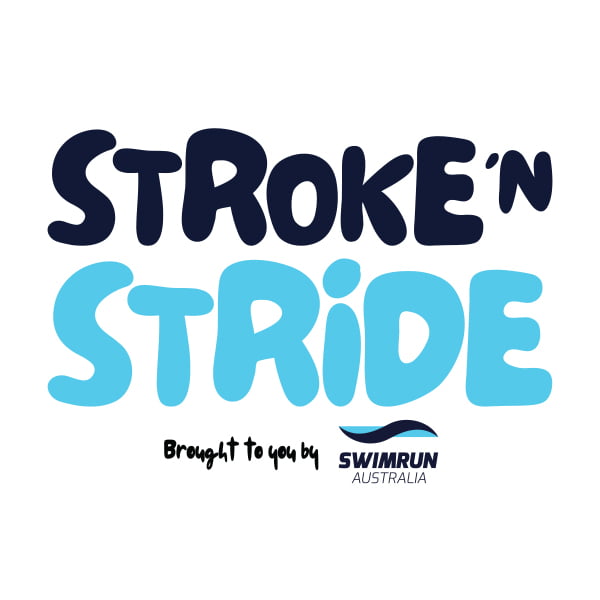

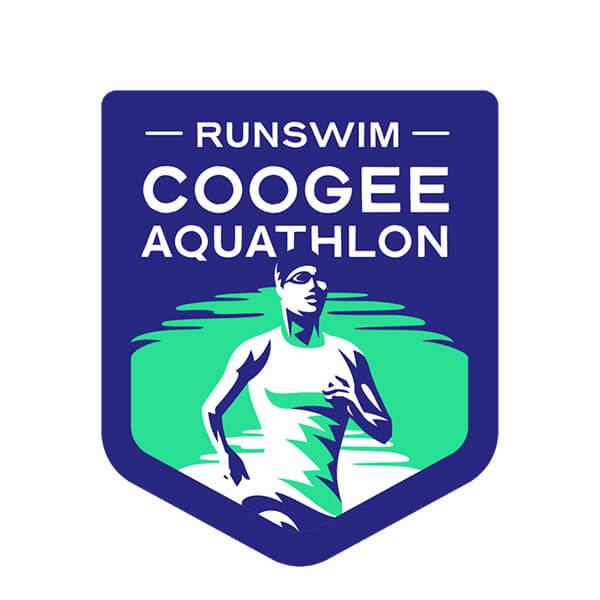















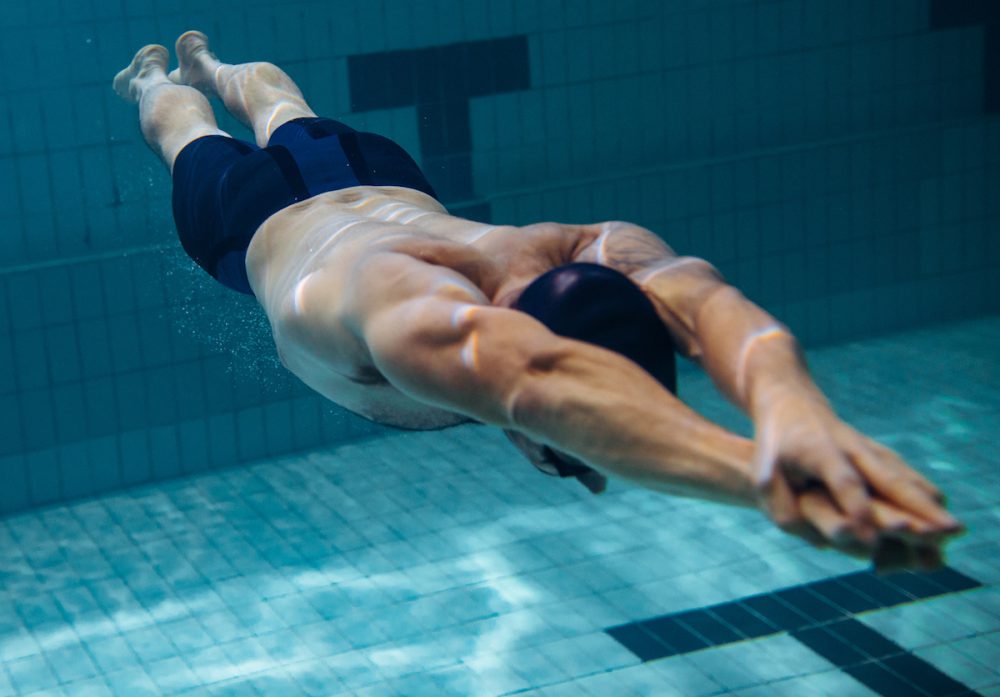
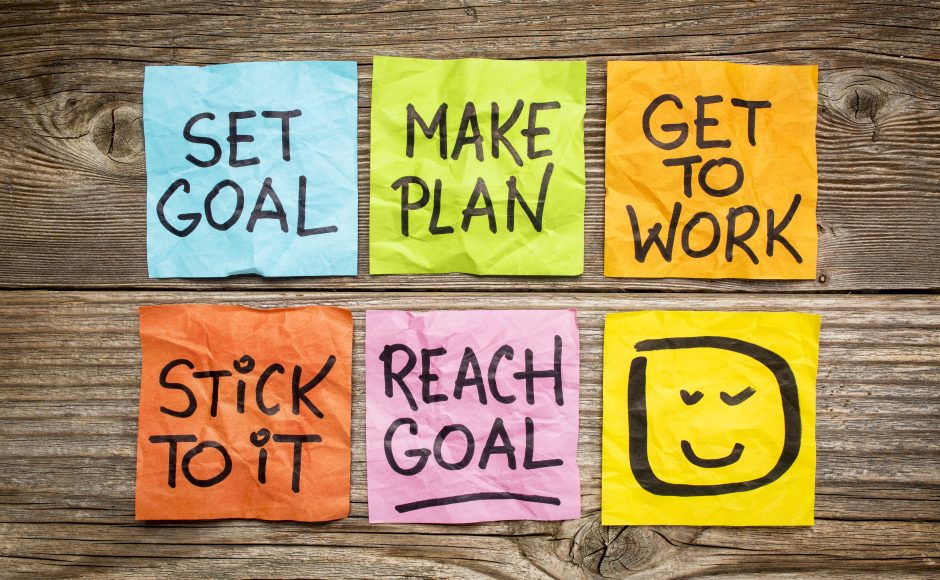
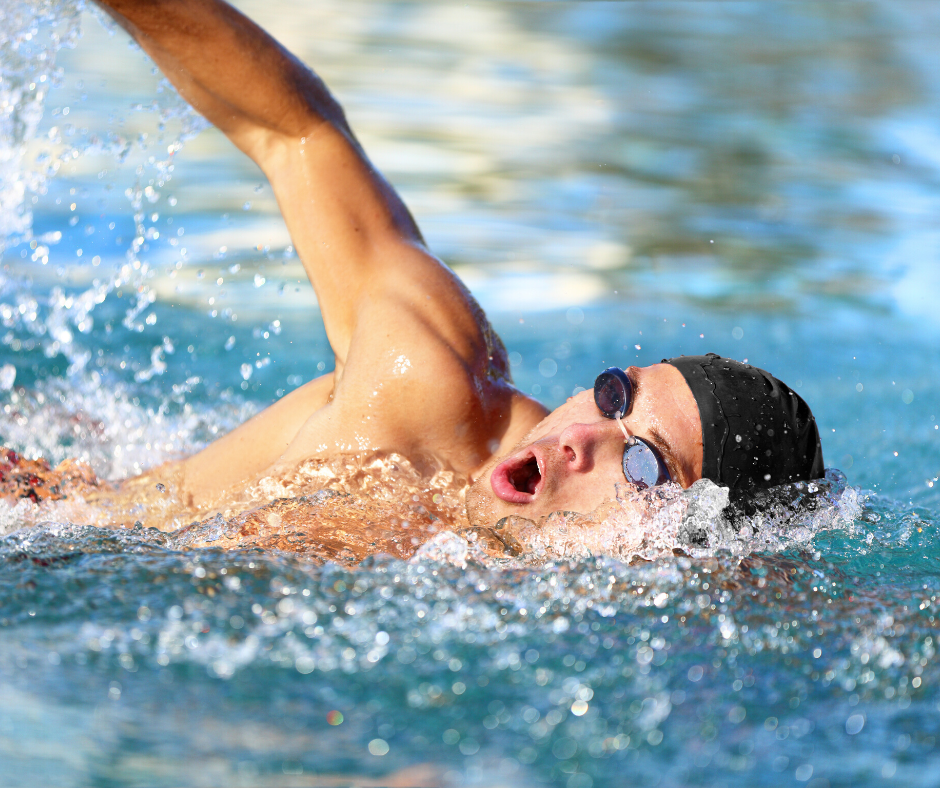
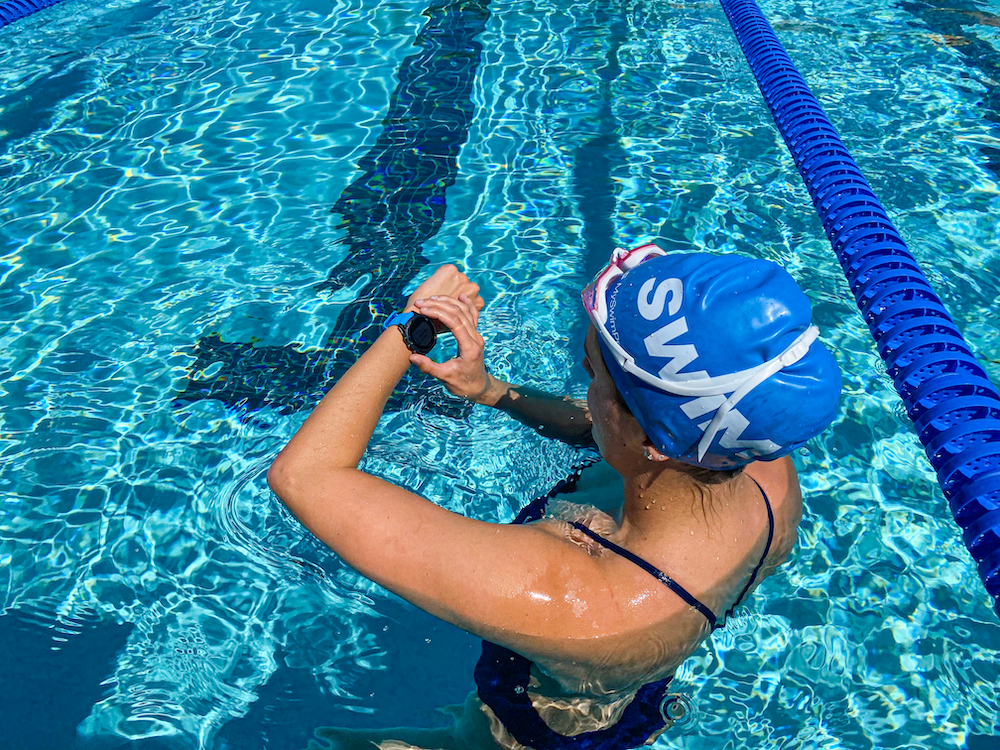


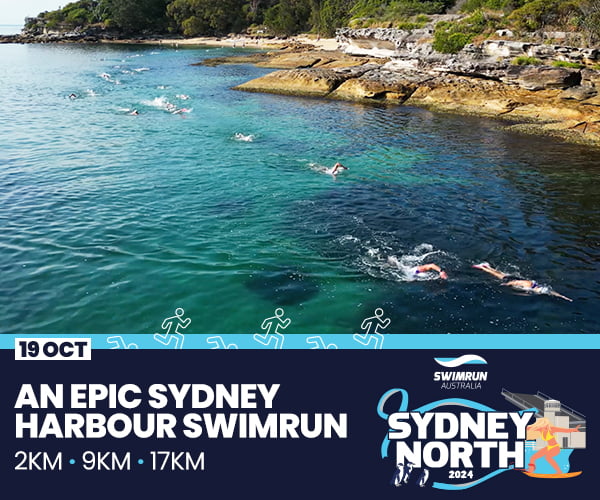
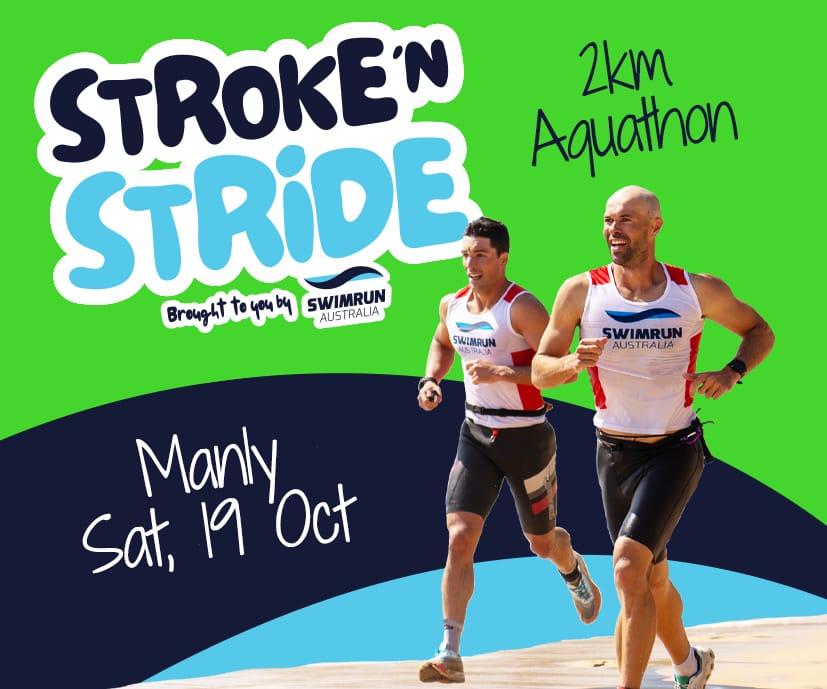

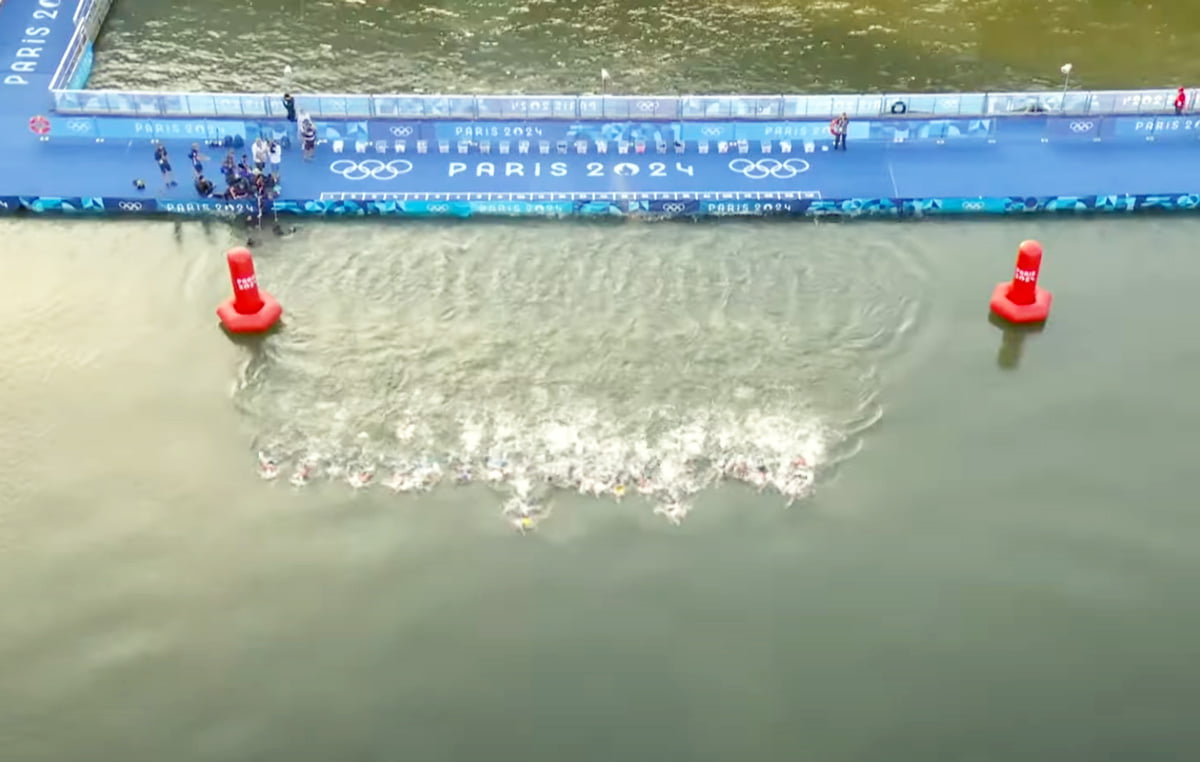
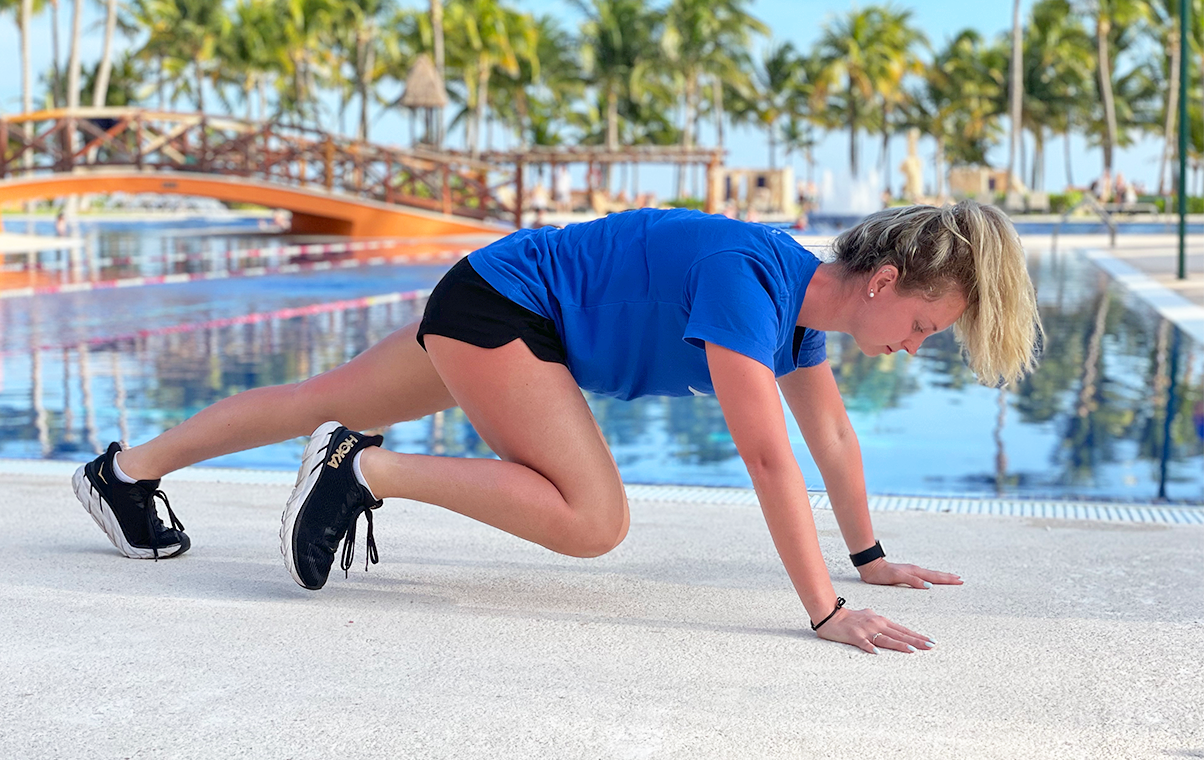
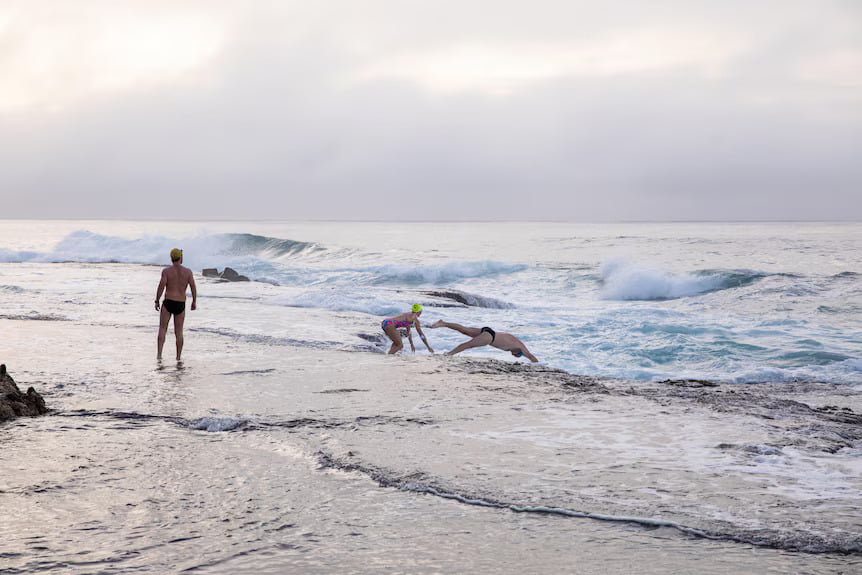
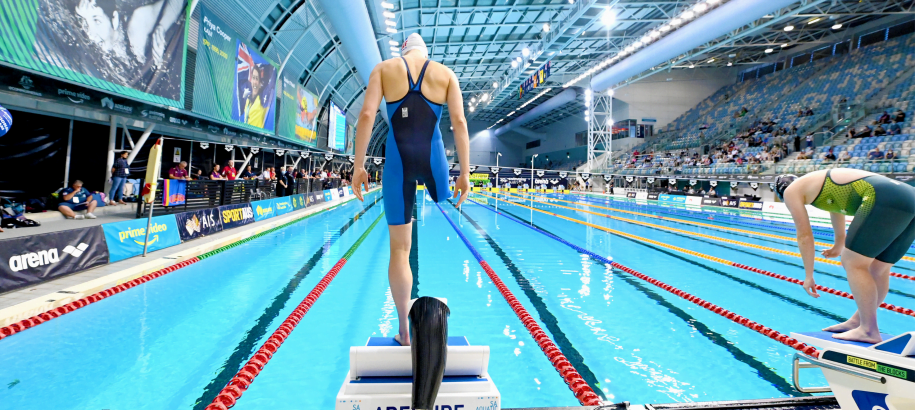
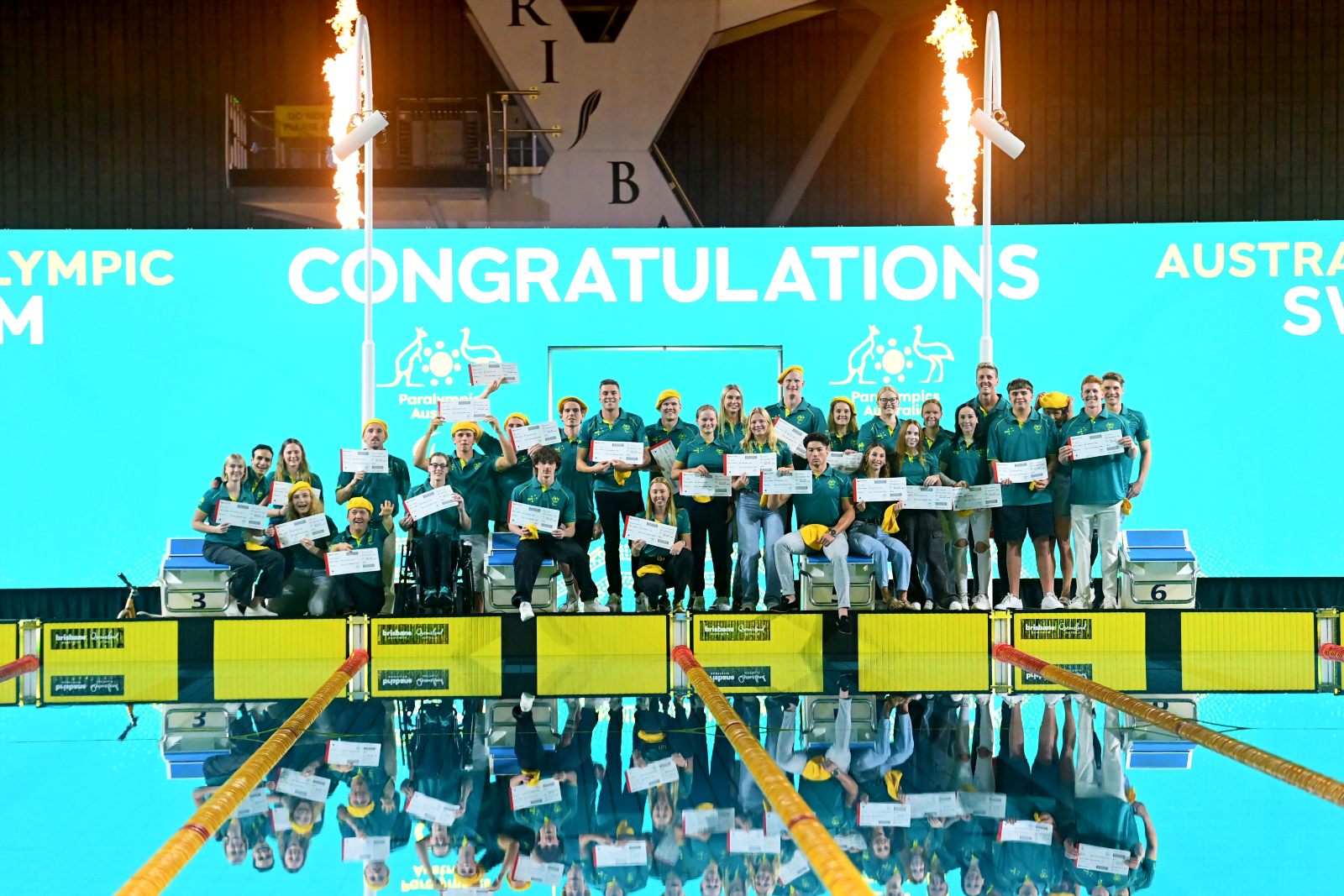
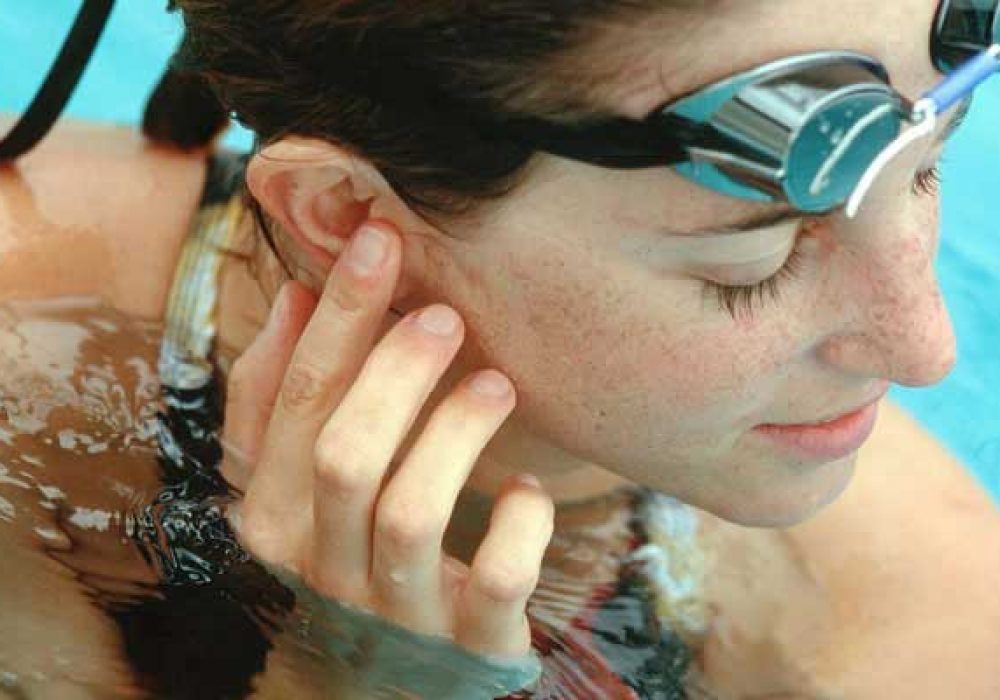
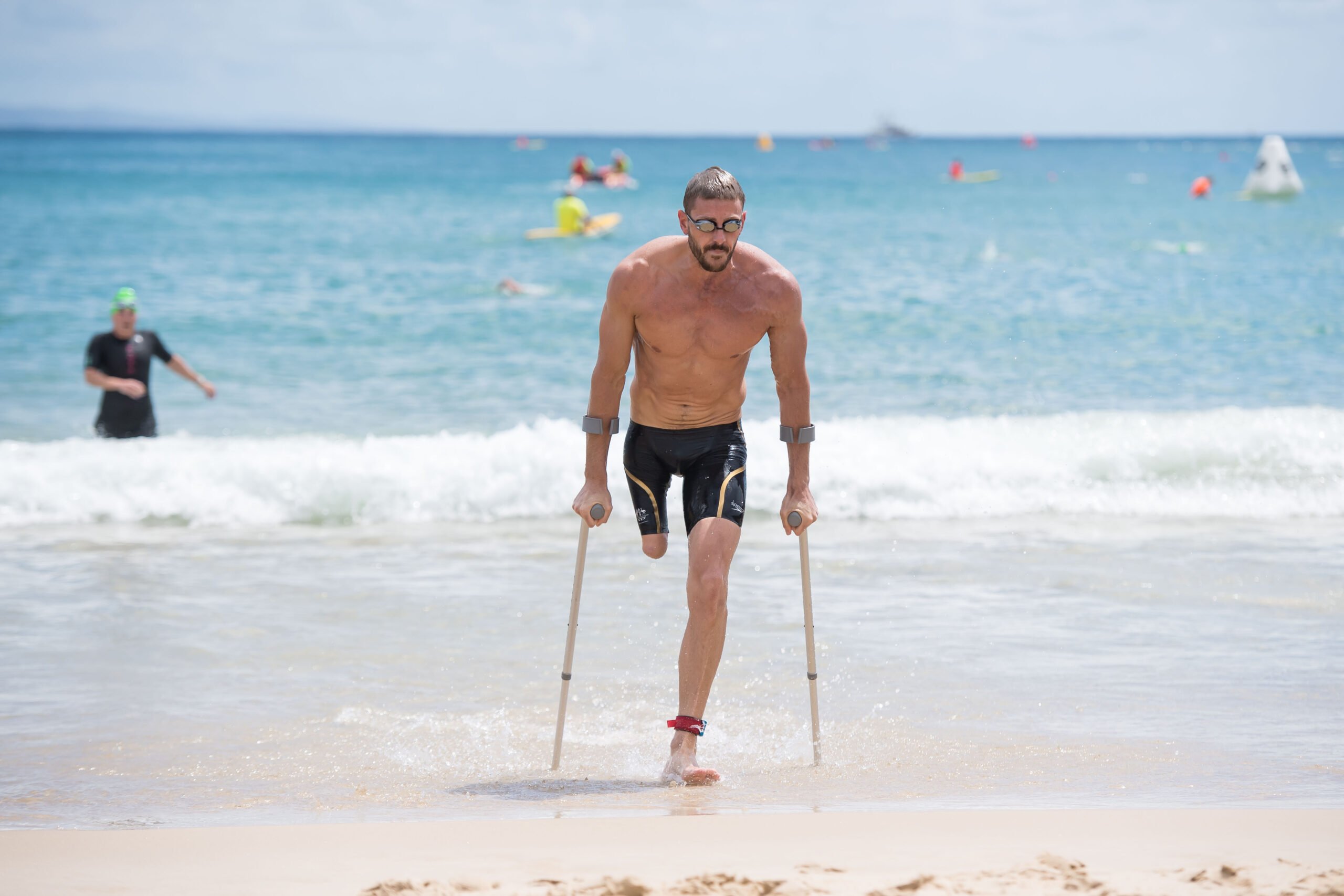
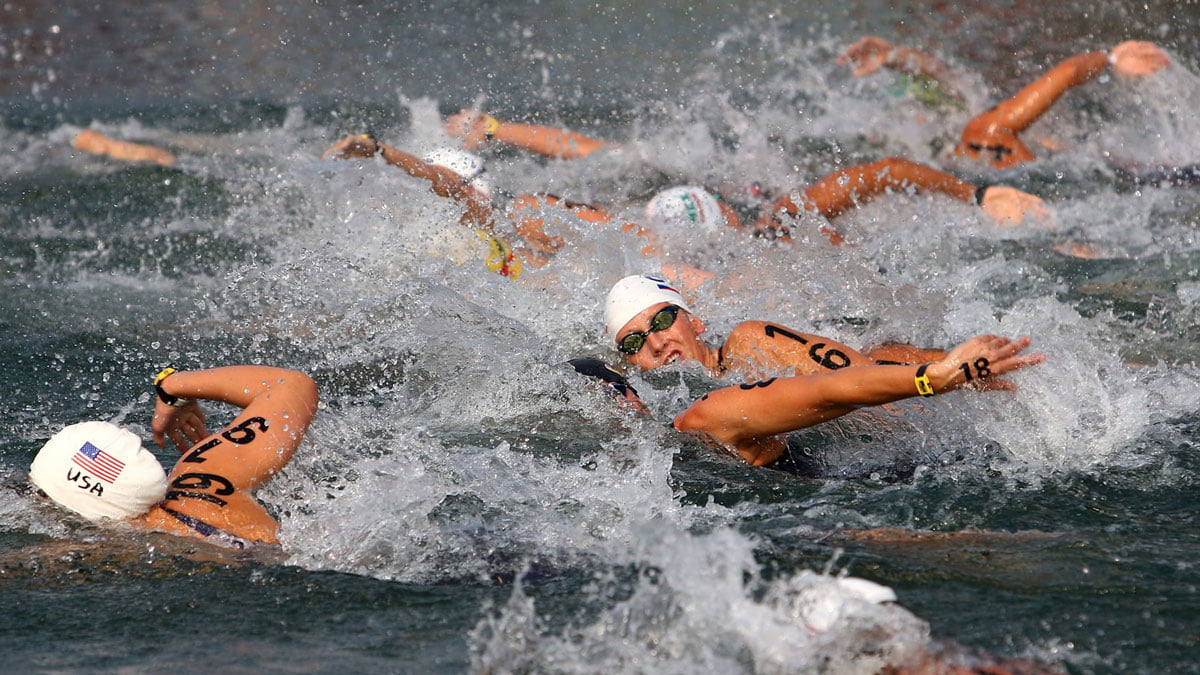
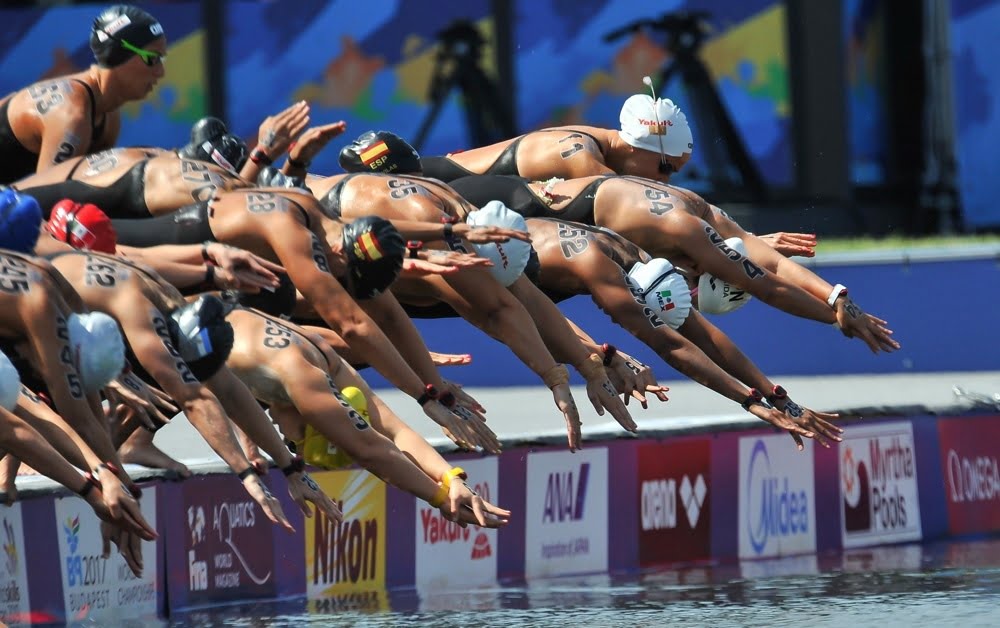



Swimrun Australia: Sydney North